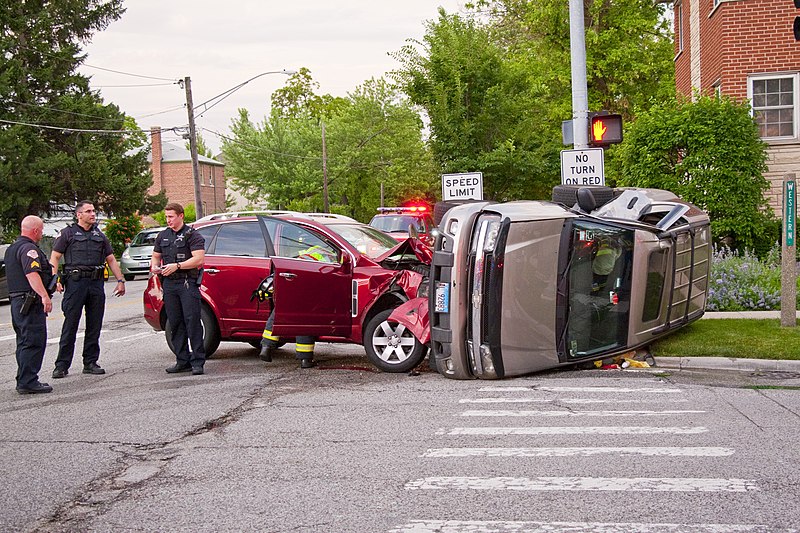Varied Meanings
Be aware to keep the two types of meanings in mind when composing language for a speech: connotation and denotation.
The denotation of a particular word refers to its factual/literal meaning or common dictionary definition. Speakers should confirm the meaning of all words they intend to use that they are not 100% sure of the denotation by looking them up, as some words could potentially have more than one denotation. Sometimes certain terms or phrases may mean something completely different to various audience members.

Alternatively, connotation has more to do with the additional emotional or cultural meaning associated with the word, term, or phrase. The connotation for the word snake could mean “danger” or “evil.” Consider the terms “swamp” and “wetland.” One word conjures images of bugs, snakes, and foul stenches, while the other inspires images of a picturesque scene with graceful birds and beautiful foliage. However, they could easily be used to refer to the same scene since they both have similar denotations. Identify the connotations of some words—or the attitudes associated with them—by examining pairs of words that share essentially the same meaning, but differ in the favorable or unfavorable attitudes they evoke in most people. Examples include:
- refreshing—chilly
- plain—natural
- clever—sly
- terrorist—freedom fighter
- snob—cultured
- assertive—pushy
- skinny—slender
- statesman—politician
- smile—smirk
- domineering—assertive
Be aware of the potential connotation the choice of language may have on diverse audiences. The word “diversity” implies race or gender to some listeners, when the actual dictionary definition simply means “difference”— without any connotation whatsoever.
Describing a group of people gathered on the street as a “rally” suggests a gathering of passionate, happy, and celebratory participants, but calling it a “mob” connotes a darker, angry, or perhaps violent gathering. For instance, newscasts and articles by conflicting media organizations sometimes interpret the same event differently. The connotation applied by media can subtly imprint a particular viewpoint in one’s mind and shape public opinion about such events (see framing theory).

Loftus and Palmer (1974) conducted an experiment to illustrate the impact that the connotation of one’s chosen words can have on memory. They showed two groups of students a video of a car accident, and then, some time later, asked them questions about what they had seen. They asked the first group how fast they thought the cars were moving when they “hit” each other, and the second group was asked the same question with a subtle change: they substituted the word “hit” with “smashed.” The results showed the group that they asked how fast the cars were moving when they “smashed” into each other estimated much higher speeds than those asked with a much more passive or neutral verb. Additionally, the group using the word “smashed” also reported seeing broken glass at the scene, yet no evidence of broken glass appears in the video.
Lastly, review the meaning of unfamiliar words so as not to accidentally communicate the wrong message. Most importantly, make sure to master the pronunciation of the word. This may take some practice and repetition, particularly for tough medical terminology, but research online pronunciation guides that will illustrate how to pronounce such words. Many online dictionaries include an audio clip of the word’s pronunciation.

